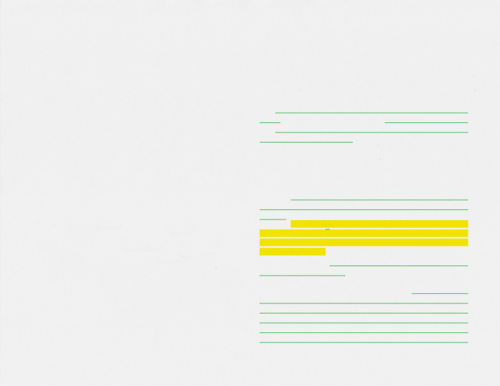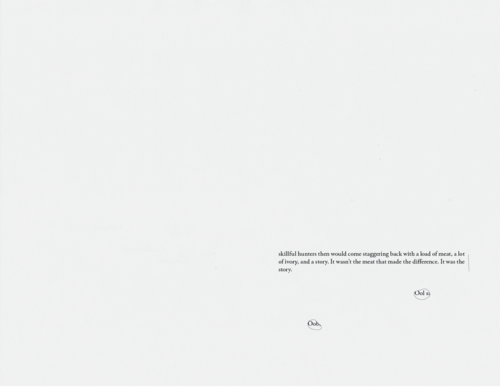User:Simon/spatial classification: Difference between revisions
No edit summary |
No edit summary |
||
| Line 1: | Line 1: | ||
[[File:Olson mapping beyond deweys boundaries.a4.pdf | [[File:Olson mapping beyond deweys boundaries.a4.pdf]]<br> | ||
Hope A Olson's text on spatial | Hope A Olson's text "Mapping Beyond Dewey's Boundaries" on spatial representations in classification systems brings up several thoughts. Stating that "classifications are locational systems" puts first and foremost the idea that spatial representations can be used with various effect; describing, exposing, and when used as metaphors, shifting. | ||
1. Spatial representation of classification systems reveals the ideological conditions that form them. | |||
2. The concepts of "paradoxical space" and "rhetorical space". Paradoxical space is described in a similar way to the paranodal; " | |||
How to utilise a "paradoxical space"? The text seems to suggest focusing on connections, relationships between subjects rather than differences? What could an associative classification system look like? | How to utilise a "paradoxical space"? The text seems to suggest focusing on connections, relationships between subjects rather than differences? What could an associative classification system look like? | ||
Revision as of 13:13, 31 May 2019
File:Olson mapping beyond deweys boundaries.a4.pdf
Hope A Olson's text "Mapping Beyond Dewey's Boundaries" on spatial representations in classification systems brings up several thoughts. Stating that "classifications are locational systems" puts first and foremost the idea that spatial representations can be used with various effect; describing, exposing, and when used as metaphors, shifting.
1. Spatial representation of classification systems reveals the ideological conditions that form them.
2. The concepts of "paradoxical space" and "rhetorical space". Paradoxical space is described in a similar way to the paranodal; "
How to utilise a "paradoxical space"? The text seems to suggest focusing on connections, relationships between subjects rather than differences? What could an associative classification system look like?
Is the space of a page a suitable spatial dimension to explore in thinking about how to spatially represent dynamic, on-the-fly classification systems?


Digital annotations on a pdf of Jorge Luis Borges' "The Garden of Forking Paths"


Hand-drawn annotations on a pdf of Ursula K. Le Guin's "The Carrier Bag Theory of Fiction"
